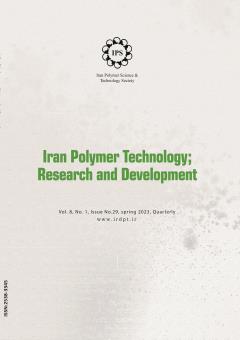-
-
List of Articles
-
Open Access Article
1 - Emerging and advanced membrane technology for wastewater treatment: A review
Farzad Mehrjo MohammadSaber Baghkhanipour Amir Alam -
Open Access Article
2 - Application of Bio-nanocomposites in Food Packaging
Fatemeh Savojbolaghi Mahshid Maroufkhani -
Open Access Article
3 - A Review of Hydrogels Containing Fibers in Drug Delivery Systems
Mohammad Hossein Karami Majid Abdouss Mohammadreza Kalaee Omid Moradi -
Open Access Article
4 - Self-Healing Polymer Electrolytes used in Lithium-Ion Batteries
Maral Ghahramani Mobina Razani -
Open Access Article
5 - A review of methods for determining contact stress in polymer base gears
Rasool Molhsenzadeh -
Open Access Article
6 - studing two important technologies of propane dehydrogenation technology and the necessity of using this technology in the Iranian petrochemical industry
Mohammad Mehdi Barjesteh Hossein Zamani
-
The rights to this website are owned by the Raimag Press Management System.
Copyright © 2017-2026







